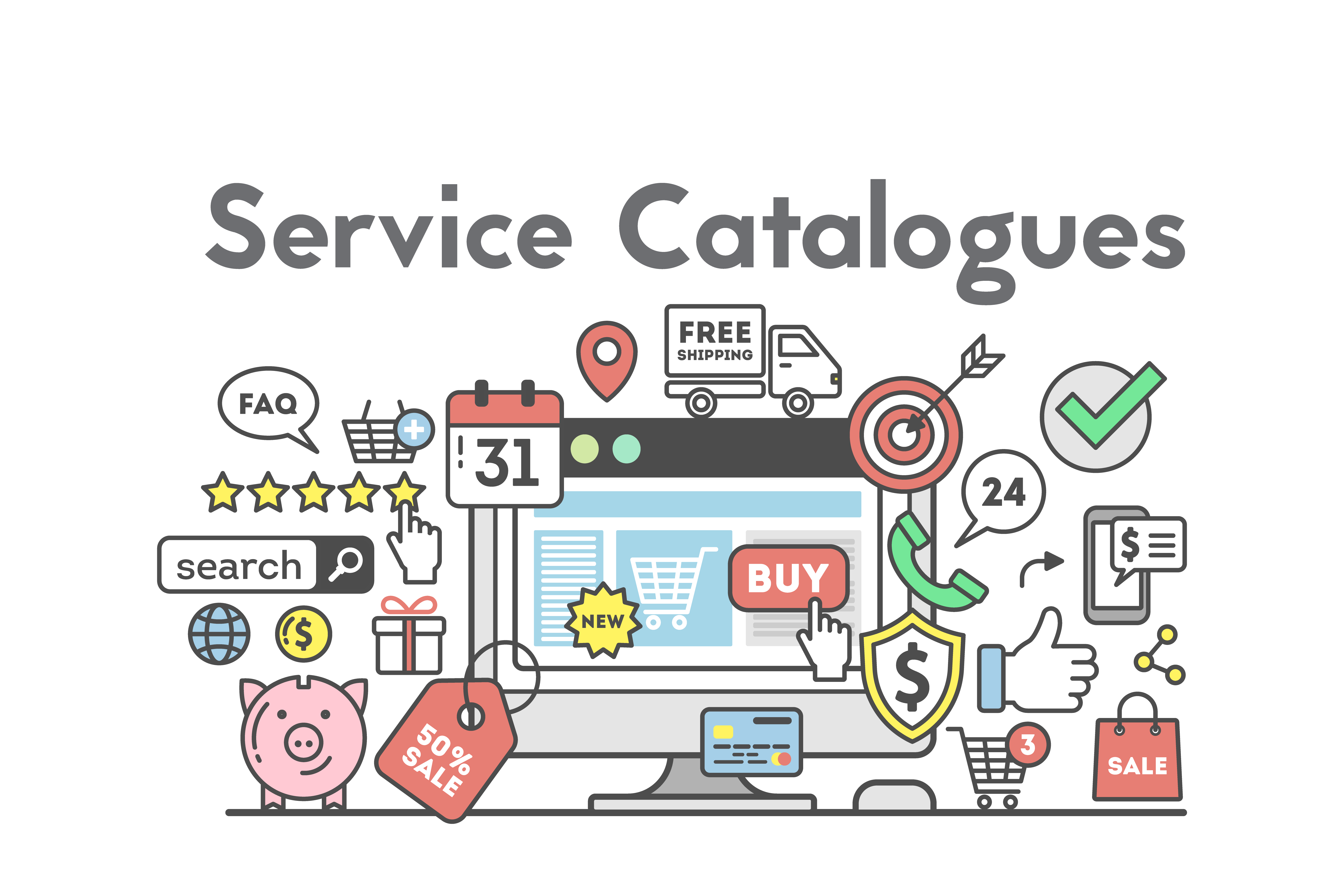When is a Service Catalogue not a Service Catalogue?
The term Service Catalogue is commonly misused and can lead to confusion!“A Service Catalogue or a Service Request Catalogue”

When is a Service Catalogue not a Service Catalogue?
Often the term is incorrectly used to describe a User Self-Service Portal, which is also colloquially termed as a Service Request Catalogue. This blog seeks to identify the source and effects of this confusion and to offer some practical advice for organisations seeking to implement Service Catalogues and Service Request Catalogues.
ITIL® define the following terms
- Service Catalogue: A database or structured document with information about all live IT services, including those available for deployment. The Service Catalogue is part of the Service Portfolio and contains information about two types of IT service: customer-facing services that are visible to the business; and supporting services required by the service provider to deliver customer-facing services.
- Service Request: A formal request from a user for something to be provided – for example, a request for information or advice; to reset a password; or to install a workstation for a new user. Normally Service Requests are managed by the Request Fulfilment process, usually in conjunction with the Service Desk. Service requests may be linked to a Request for Change as part of fulfilling the request.
- Request Fulfilment: The purpose of the process is to manage the lifecycle of all service requests. The objective of the process is to:
- Source and deliver the components of requested standard services (e.g.), i.e. Service Requests such as the provision of standard desk top and software
- To provide a channel for users to request and receive standard services for which a predefined approval and qualification process exists
However, the term Service Request Catalogue is not documented or defined within the ITIL® framework, despite it being in wide currency. The ITIL® framework alludes to Service Review Catalogues in its description of the purpose of Request Fulfilment i.e.
- “To provide a channel for users to request and receive standard services for which a predefined approval and qualification process exists”.
In practice the channel referred to, is the Service Request Catalogue, which simply lists what requests, can be made for your services. Note that the ITIL Framework does also refer to “Self-help web interfaces” that can be construed as a basic Service Request Catalogues
In the absence of a clear definition, the terms Service Catalogue and Service Request Catalogue are confused. Our experience informs us that when organisations state they require a Service Catalogue, stakeholders are likely to have different interpretations of the term and what it is they need or require. So the key question that stakeholders need to ask themselves is
“Is it a Service Catalogue, or a Service Request Catalogue that we require?
The situation is not helped by ITSM Tool Vendors who refer to their Service Request Catalogue as a Service Catalogue. This also causes confusion for organisations seeking to understand the capabilities of Tool Sets. Typically, when ITSM tool vendors refer to a Service Catalogue they are referring to the Self-Service Request Fulfilment modules within their products. However, help is at hand for organisations seeking objective guidance as to the capabilities of such toolsets in the form of complementary services such as PinkVERIFY. PinkVERIFY enables ITSM tool vendors and service providers to demonstrate and certify their product’s compatibility with ITIL Best Practice. A listing of products, and the processes that they are certified against is freely available.
By Eddie Potts
